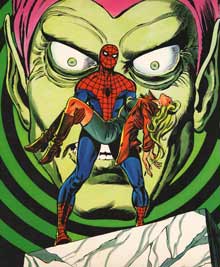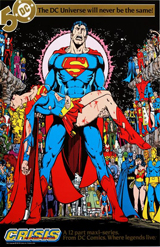In order to understand the significance of religion in the comic book industry, it is very important to have a basic understanding of the history of comic books. The following information was obtained from Heroes and Villains: Silver Age Comics.
Comics historians divide the history of American comic books into ages. These eras include the Golden Age (1938-1950), the Silver Age (1956-1970), the Bronze Age (1970-1985), and the Modern Age (1985-Present).This timeline presents milestones, trends, and pivotal events that defined the comics medium during each of these eras.
The Golden Age (1938-1950)
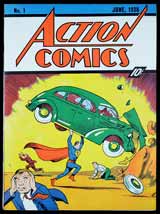
Jerry Siegel and Joe Schuster's Superman debuts in Action Comics #1, published by DC Comics predecessor Detective Comics, Inc., in 1938. Superhero comics subsequently take America by storm.
Marvel Comics predecessor Timely Comics formed in 1939.
Folllowing Superman's wildly successful debut, Bob Kane and Bill Finger create Batman in 1941.
Harvard-educated psychologist William Moulton Marston creates Wonder Woman in 1941. As one of the few strong female characters appearing in comic books, she becomes an icon of the liberated woman.
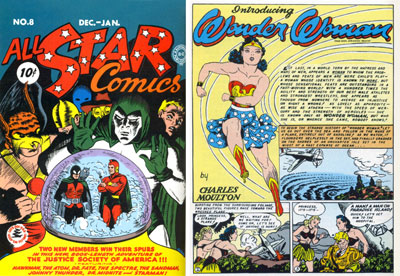
Countless superhero tropes (alter ego, origin story, rogues gallery) are forged.
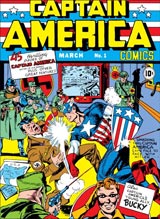
DC Comics' Justice Society of America makes its first appearance in 1940, launching the superteam concept.
Joe Simon and Jack Kirby create Captain America in 1941. The character fight's America's enemies, including Adolf Hitler, through World War II.
Comics serve as a cheap source of entertainment during World War II. During the Golden Age, it is not uncommon for a single comic book issue to sell over one million copies.
Sales decline after the war. A number of superhero titles are cancelled as publishers focus on genre comics (science fiction, horror, western, romance).
As the Golden Age ends, fears of juvenile delinquency lead media critics and legislators to scrutinize the role of comic books in American life.
The Silver Age (1956-1970)
DC Comics' Showcase issue #4, published in 1956, reintroduces Golden Age hero The Flash after a 5 year absence, sparking a superhero revival. Other Golden Age characters, including Green Lantern, are revived shortly thereafter.
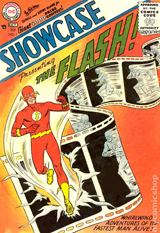
DC's Justice League of America makes its first appearance in 1961, reviving the Golden Age superteam concept.
Atlas Comics (successor of Timely Comics) becomes Marvel Comics in 1961.
Marvel first asserts itself as a modern industry force with the 1961 publication of Fantastic Four #1. Stan Lee and Jack Kirby's characters prove to be incredibly popular.
1962 sees the debut of Spider-Man, Thor, and the Hulk.
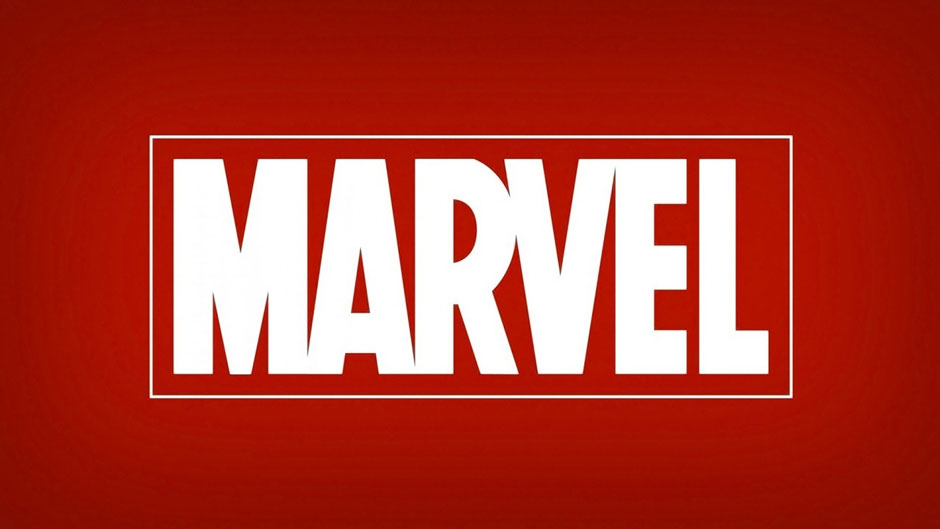
Iron Man and the X-Men make their first appearances in 1963.
Marvel gets in on the superteam craze with The Avengers, first published in 1963. Iron Man and Thor join in the mid-60s. The team revives Captain America in 1964.
Industry group the Comics Code Authority (formed in the early 1950s) restricts the content of Silver Age comic books. Publishers must follow strict content guidelines or risk their comics going undistributed.
The underground comics scene begins to take shape as baby boomers become part of the counterculture.

